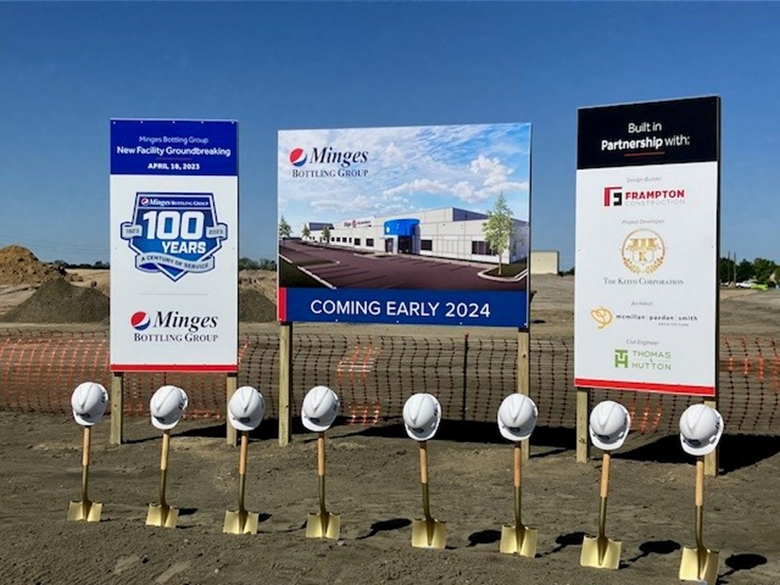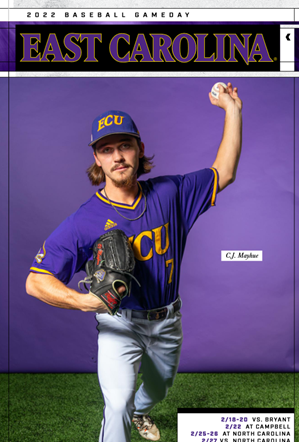Digital Booty
No, not that type of booty . . . treasure! Ahoy, me hearties! Digital Archivist, John Dunning, is back here again to remind ye’ scallywags of the digital treasure we seek and preserve here on the digital seas.
As a digital archivist, I am often asked, “what exactly do you do?”. This is usually followed by “what do you collect and preserve and how?”. If you aren’t sure what a digital archivist does or what digital archiving is, check out the post linked here! If you are curious what about the digital materials we curate and preserve in Special Collections, keep reading!
The simplest answer to what we collect is the same type of content we curate for our physical Manuscript, University Archives, or North Carolina collections – it’s just digital. So, instead of receiving physical photographs of the groundbreaking of the Minges Bottling Group’s new facility, we receive digital photographs in .jpg format.

Minges Collection Digital Materials: https://digital.lib.ecu.edu/86099
Instead of receiving the final draft or proof of a physical book such as Through the Eyes of the Soldiers by Tom J. Edwards and William H. Rowland, we receive Microsoft Word, Publisher, and image files in .doc, .pub, and .jpg formats which are combined to make the digital copy (found here).

Through Eyes of the Soldiers: https://digital.lib.ecu.edu/79499
Instead of filling physical boxes with ECU baseball programs, we receive the file in .pdf format.

Baseball Gameday, February 18-20, 22, 25-27, and March 1, 2022: https://digital.lib.ecu.edu/66031
Regardless of format, our aim is still to support the curriculum for students and faculty, provide materials that fit the research interests of students and faculty, and document the history of Eastern North Carolina and East Carolina University.
That answered what we collect, but not how. How do we do it? We receive digital files from donors in a variety of ways. Sometimes they come to us on physical carriers or storage mediums such as hard drives, floppy discs, or DVDs. Other times the digital files are received electronically via a shared location such as a shared folder on OneDrive, a cloud platform like DropBox or Google Drive, or via email. While the second option is preferred, we are most concerned about acquiring the original or most usable version of the file. From there, we can preserve it while also providing usable access copies for students, faculty, and researchers.
Do you have digital material of research or historical value, but are still unsure how to share it with us? Reach out! I am happy to talk it over and recommend the best way to share the digital treasures you have. Aye, ye’ old seadogs! That’s right! The digital booty you have on your computer is just as valuable as that in ye’ treasure chest.
Stay tuned for the last installment of this 3-part series on digital archiving in Special Collections.